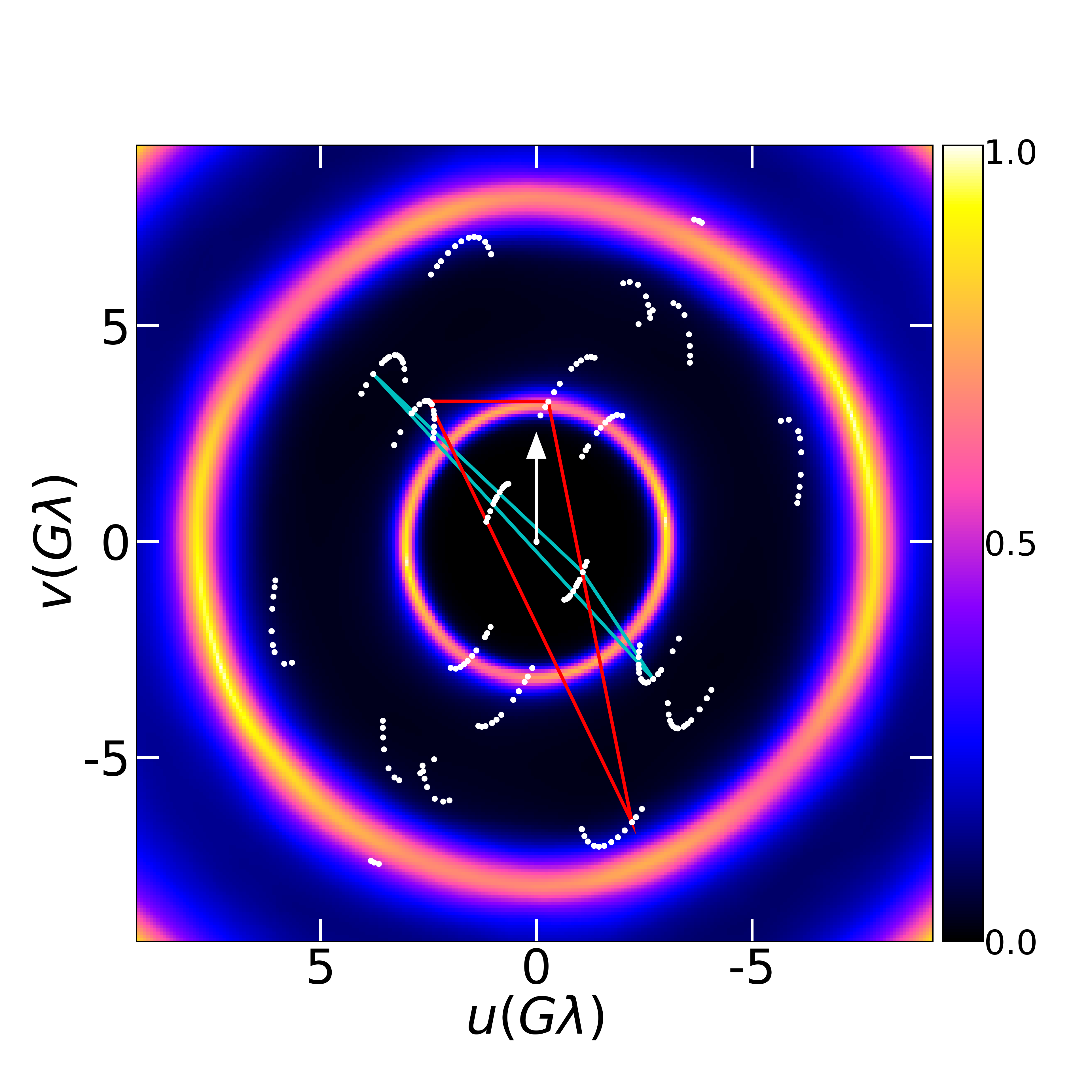Student Research
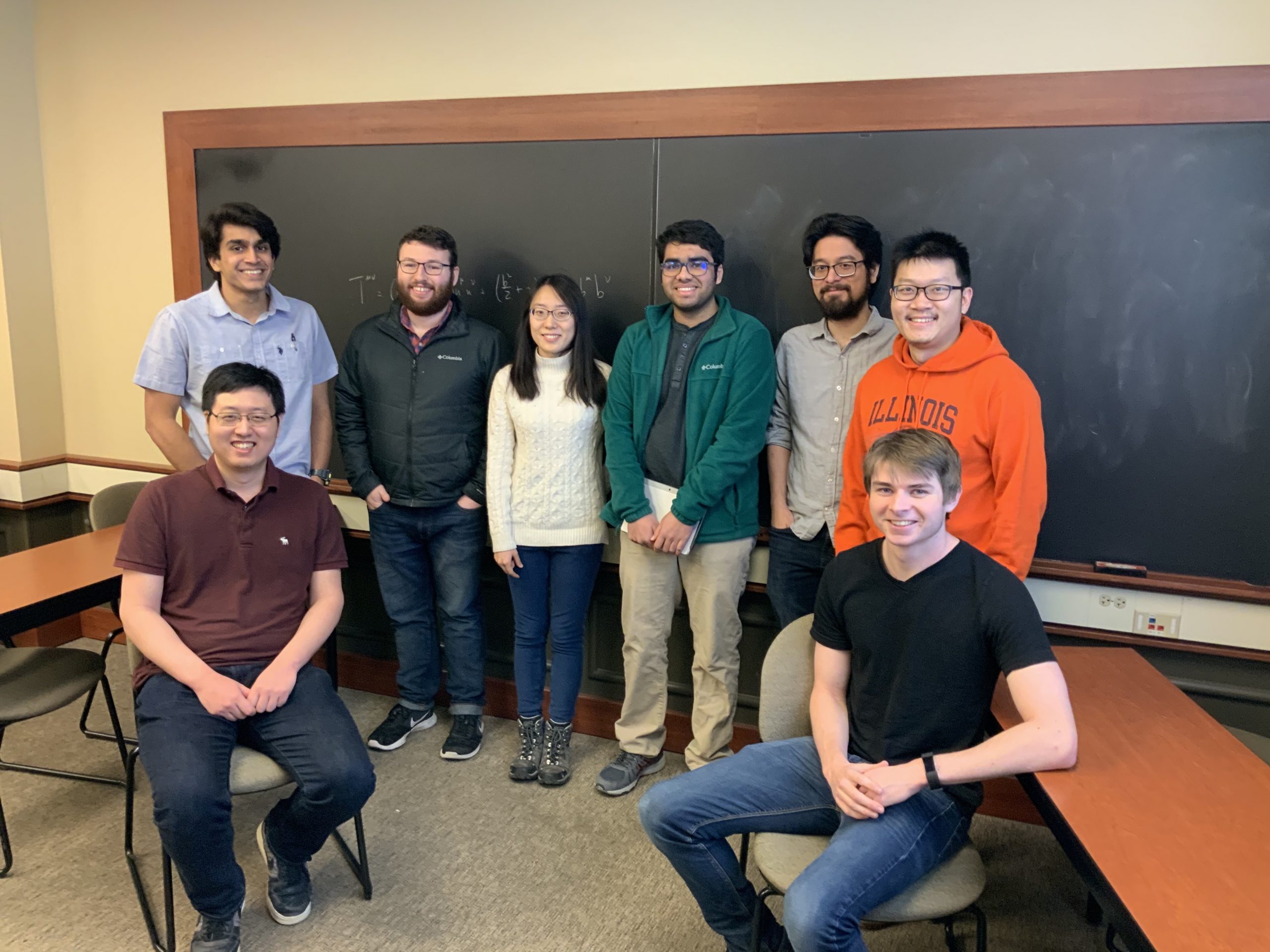
University of Illinois: Modeling accreting black holes
Faculty CoI: Charles Gammie
PIRE-related research at Illinois continues to broaden with new students and an expanding research agenda. The group now includes graduate students Vedant Dhruv, Yurfeng Du, Abhishek Joshi, David Lee, Joshua Yao-Yu Lin, Eric Peterson, Ben Prather, George Wong, and undergrad, Andrew Marszewski. Working with Charles Gammie, students are focusing on modeling accreting black holes through a combination of relativistic fluid simulations and polarized radiative transfer calculations, as well as development of techniques for model-data comparisons. Specific work includes development of new and more Univ. Illinois students working with Charles Gammie: (L to R): David Lee, Vedant Dhruv, Patrick Mullen, Yufeng Du, Abhishek Joshi, George Wong, Joshua Lin, Andy Marszewski efficient implementations of a basic modeling code harm (Prather, on secondment to LANL this semester) and have publicly released a version of their Monte Carlo radiative transfer routine that is designed to work with a standard simulation output format (Wong, Gammie). Additionally, work is in process to develop a scheme to model noisy images in a controlled statistical fashion (Lee, Gammie) as well as investigating rotation measure in a suite of models (Ricarte, Prather, Wong, Narayan, Gammie). The group continues to investigate the use of machine learning for parameter extraction, with a focus now on using a convolutional neural network on UV domain images (Lin, Wong, Gammie). Lastly, Gammie is now coordinating the theory effort for the galactic center, which involves assembling a library of synthetic images (Gammie, Chan, Fromm).
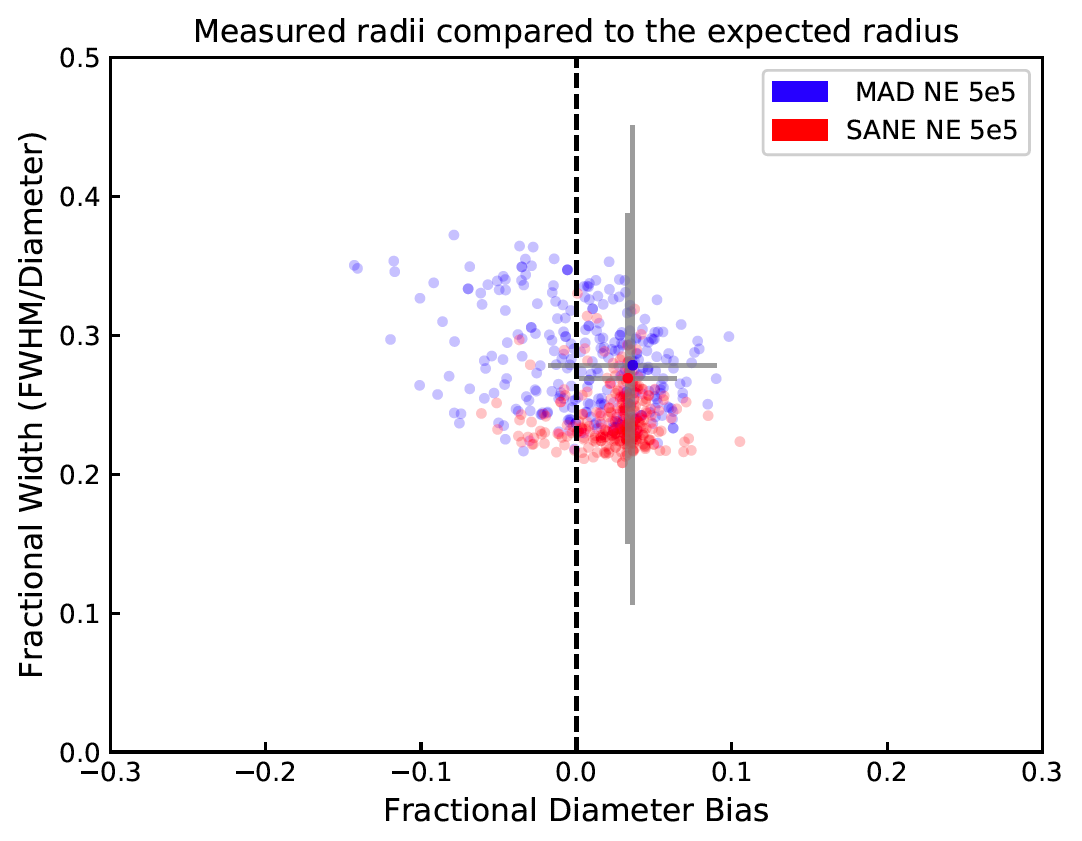
Sean Dougall
Undergraduate Student, Physics
University of Arizona
Quantifying the bias between the size of a black-hole shadow and the diameter of its image
Sean Dougall, working together with UArizona grad student Tyler Trent, IAS postdoctoral associate Lia Medeiros, has been employing GRMHD+ray tracing simulations of black-hole images to explore the bias in using the size of the bright emission ring in the M87 image as a proxy for the diameter of the black-hole shadow. Sean utilized a very large set of GRMHD+ray tracing simulations that span a broad range of magnetic field configurations (MAD and SANE), plasma parameters, and accretion rates, with black-hole properties applicable to M87. He applied the image-domain algorithm developed for the initial Paper VI analyses in order to measure the fractional width and size of the emission ring. He then quantified the fractional bias (correction factor) between the size of the emission ring and the size of the shadow and is exploring the dependence of this bias on the parameters of the simulation (see, e.g., the attached figure). Sean’s results will solidify a very important ingredient in using EHT observations of M87 to place constraints on possible deviations from the Kerr metric.
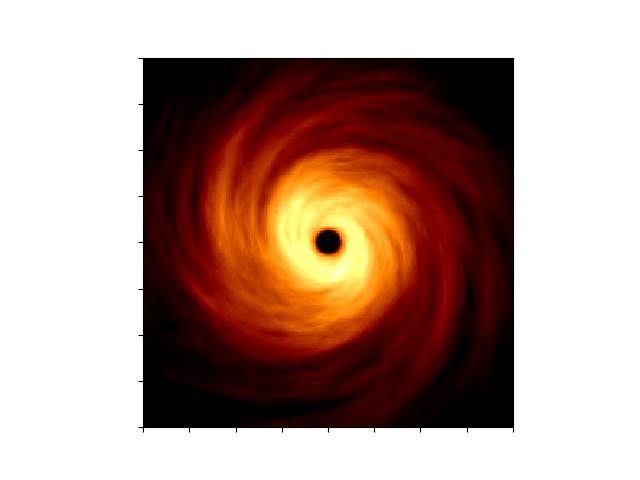
David (Daeyoung) Lee
Graduate Student, Physics
University of Illinois
Statistical Realizations of Accretion Disks
Based on an established understanding of the correlation function and power spectrum of fluctuations in accretion disks from local shearing box models, the current focus is to generate parametrized global realizations using that statistical information via Gaussian random fields. Gaussian random fields have nice statistical properties and are fast to generate, so unlike simulations, which are computationally expensive, we’re able to generate a large number of realizations and explore the parameter space more fully.
Angelo Ricarte
Post Doctoral Fellow
Harvard College
Using IPOLE to Explore Rotation Measure
Angelo Ricarte, ITC Fellow at Harvard, collaborated with students at the University of Illinois using IPOLE, a polarized radiative transfer code. IPOLE was used with the large GRMHD simulation library to explore rotation measure (RM) in these models, which is an observational probe of the density and magnetic field involving polarization measurements at different frequencies.
Angelo and students with the Illinois research group continue to work together to better understand how the physical parameters of the simulations map to observed polarization properties. One of the early products of this collaboration is a library of resolved rotation measure maps that were made using IPOLE for many different models, inclinations, and snapshots. Following the visit, Angelo developed a movie which applies to a popular model for M87*. Future work will include efforts to better understand these outputs as account for important observational/technological limitations.


Arash Roshanineshat
Graduate Student, Electrical & Computer Engineering
University of Arizona
Developing FPGA’s for High Speed Computational Power
The next generation of hardware for radio telescopes’ signal processing requires high speed computing and data throughput capabilities. To achieve high speed computation power, Field Programmable Gate Arrays (FPGA) are used. FPGAs contain millions of programmable gates and provide flexibility in designing custom hardware. As an example, currently each Event Horizon
Telescope (EHT) site uses four ROACH2 FPGA boards that togetherprocess data at 64 Gb/s, which provides 4GHz of bandwidth for each sideband. Arash Roshanineshat (Univ Arizona) is using a Xilinx ZCU111 evaluation board to prototype a design that will increase the processing speed to 128Gb/s or 8GHz bandwidth per sideband. His work includes designing new signal processing hardware with Verilog modeling language and writing a pipeline from hardware to a user-end monitoring system with C language. To facilitate this, he is using tools provided by Xilinx including Xilinx Vivado and SDK. Fast data visualization is a crucial design tool as it allows the user to monitor and fine tune performance. Arash is taking the novel approach of implementing his data visualization and monitoring system using Graphical User Interface (GUI) in a game engine. He is currently using Godat which supports a Microsoft Windows monitoring system and also allows parallel monitoring for smartphones (currently developing for Android). With the game engine handling graphics, development work is prioritized for performance and functionality rather than tweaking the GUI. At this stage of the design, the ZCU111 is capable of sampling signals in time domain and sending the data to a computer (or smartphone) to plot it. The next step is to transform the signal to frequency domain to determine frequency components.
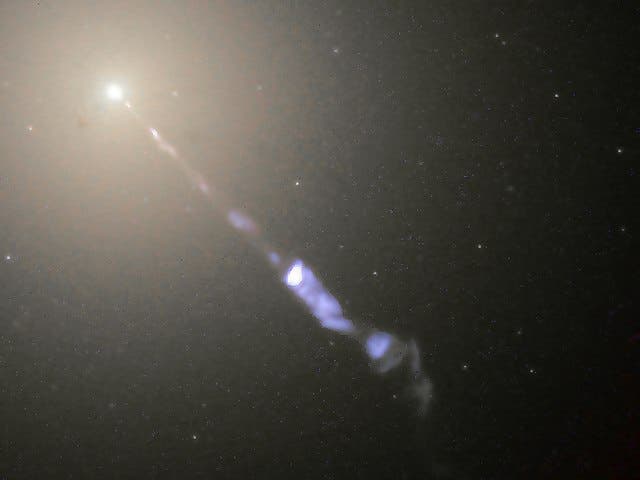
Shitij Seth
Undergraduate, Mathematics
University of Arizona
Time-variability of the M87 Black Hole
Application of Gaussian Processes to extrapolate and analyze time-series data like closure phase from EHT 2017 observations to study the evolution of the M87 black hole.
Kaushik Satapathy
Graduate, Physics
University of Arizona
Variability in GRMHD Simulations
GRMHD simulations of horizon scale environments of black holes provide vital insights into the physics of plasmas in these environments. We can connect the physics in the simulations to the observed data by understanding synthetic data of interferometric observables constructed from the simulations. I attempt to infer the level of time variability in closure phases (an interferometric observable) in GRMHD simulations and constraint the parameter space of the simulations using closure phase observations.
